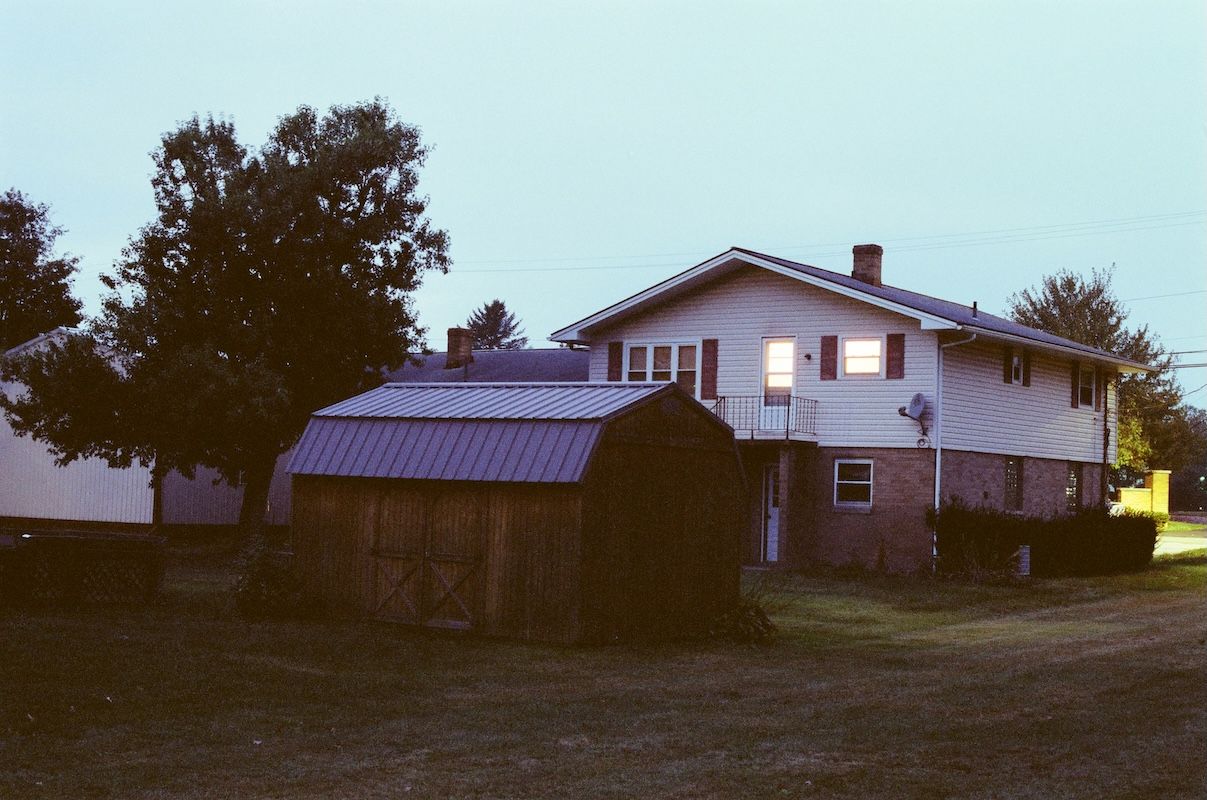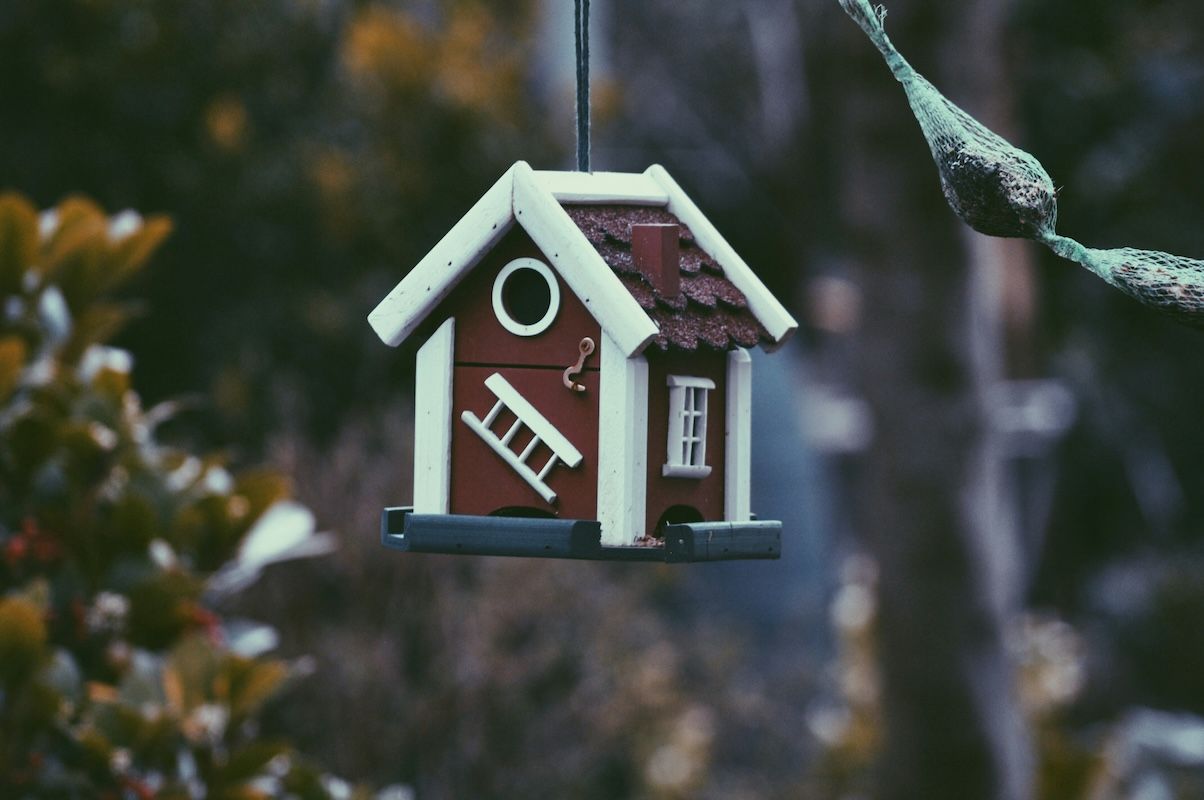- The Dilemma of Selling an Unfinished House
- 1. Assess the Current State of the House
- 2. Determine the Potential Market Value
- 3. Decide Whether to Complete the Project
- 4. Highlight the Potential
- 5. Disclose All Relevant Information
- 6. Target Investors or House Flippers
- 7. Explore Financing Options for Buyers
- 8. Negotiate Fairly
- 9. Consider Selling "Subject to Completion"
- Conclusion
I Can’t Finish My Reno: How Do I Sell an Unfinished House?
Click here to browse our Real Estate Agent Directory and contact top-rated agents in your area!

Are you caught in the middle of a renovation project that has spiraled out of control? Perhaps you bit off more than you could chew, ran out of funds, or simply lost interest in completing the project. Whatever the reason may be, the prospect of selling an unfinished house can be daunting, but fear not, as there are viable options and strategies available to navigate this challenging situation. In this article, we will explore the challenges and potential solutions to selling an unfinished house.
The Dilemma of Selling an Unfinished House
Undertaking a home renovation project is an exciting endeavor, but it can quickly become overwhelming. Whether it’s a kitchen remodel, bathroom upgrade, or a full-blown house renovation, unforeseen issues can arise, causing costs to escalate and timelines to extend. Unfortunately, many homeowners find themselves trapped in a half-finished house, unsure of what to do next.
An unfinished house presents several challenges to potential buyers. For one, it lacks the appeal of a move-in ready home. Most buyers seek a property that is ready for immediate occupancy, and an unfinished house can be perceived as a risky investment. Additionally, unfinished projects may not comply with local building codes or safety regulations, making it harder to attract buyers.
However, there are situations in which selling an unfinished house might be the most sensible option. If you are unable to secure additional funds to complete the renovation, or if the project has become too overwhelming to manage, selling might be the best way to cut your losses and move on. But how do you go about selling an unfinished house? Let’s explore some potential strategies.
1. Assess the Current State of the House
The first step in selling an unfinished house is to take stock of its current condition. Make a comprehensive list of completed and unfinished tasks, including any structural or safety concerns. This list will help you understand the scope of the remaining work and provide valuable information to potential buyers.
Consult with a professional home inspector to identify any issues that need immediate attention. Addressing safety concerns and obtaining necessary permits will be essential before listing the property for sale.
2. Determine the Potential Market Value
Next, you’ll need to assess the potential market value of your unfinished house. This can be challenging since an incomplete property lacks the same appeal as a finished one. To arrive at a reasonable estimate, consider the following factors:
- Current Market Conditions: Study the local real estate market to understand the demand for properties similar to yours.
- Location: Evaluate the desirability of the neighborhood and the amenities available nearby.
- Comparable Sales: Look at recent sales of comparable properties in the area to get a sense of their selling prices.
- Cost of Completion: Consider the cost of finishing the renovation to help determine a fair market value.
Consider hiring a qualified real estate appraiser to provide an unbiased assessment of your property’s value. In addition, work with a trusted real estate agent who can guide you through the process.

3. Decide Whether to Complete the Project
Before putting your unfinished house on the market, you’ll have to make a crucial decision: complete the renovation or sell it as is. This decision depends on various factors, including your financial situation, time constraints, and the extent of the remaining work.
Completing the renovation can significantly increase the market value of your property and attract more potential buyers. However, this option requires additional funds and time. If you have the means to complete the project, it might be a worthwhile investment.
On the other hand, if completing the renovation is not feasible, selling the house as is might be the only viable choice. In this scenario, focus on setting a competitive price that reflects the current condition of the property.
4. Highlight the Potential
When marketing an unfinished house, it’s essential to showcase its potential. Consider creating a detailed plan or rendering that illustrates what the property will look like when the renovation is complete. This can help potential buyers envision the possibilities and see beyond the current state of the house.
You can also stage the finished areas of the house to give potential buyers a glimpse of what it could be. By setting up furniture and decor in completed rooms, you can create a more inviting atmosphere and help buyers imagine themselves living there.
5. Disclose All Relevant Information
Selling an unfinished house requires complete transparency with potential buyers. Disclose all relevant information, including the scope of work completed, the estimated cost of completion, any structural or safety concerns, and the status of building permits.
Being honest and upfront about the property’s condition will build trust with potential buyers and prevent future legal issues.
6. Target Investors or House Flippers
Investors and house flippers are often more willing to take on unfinished projects compared to traditional homebuyers. They have the expertise and resources to complete the renovation and are generally more open to negotiating the price based on the property’s current condition.
Consider reaching out to local real estate investors or advertising your property as a “fixer-upper” to attract this niche market.
7. Explore Financing Options for Buyers
An unfinished house may not qualify for conventional mortgage financing since lenders often require properties to be in livable condition. However, some financing options might be available for potential buyers.
Consider offering seller financing or exploring renovation loan programs that cater specifically to buyers looking to purchase and renovate a property. These options can make your property more attractive to buyers who are willing to take on the challenge of completing the renovation.
8. Negotiate Fairly
When selling an unfinished house, be prepared for negotiations. Buyers may expect a lower price to compensate for the work they’ll need to put into the property. Be open to reasonable offers and work with buyers to find a mutually beneficial agreement.
9. Consider Selling “Subject to Completion”
If completing the renovation is not within your means, you could consider selling the property “subject to completion.” This means that the buyer agrees to take on the unfinished project and completes the renovation after the purchase. In this scenario, the buyer will need to thoroughly understand the scope of work and be willing to invest time and money in completing the project.
Conclusion
Selling an unfinished house can be a challenging task, but with the right approach and strategy, it’s possible to find the right buyer.
Assess the current state of the property, determine its potential market value, and decide whether to complete the project or sell it as is. Highlight the potential of the property, be transparent with potential buyers, and target investors or house flippers who are more inclined to take on renovation projects. Remember to negotiate fairly and explore financing options that can attract interested buyers.
Most importantly, stay patient and persistent throughout the process. Selling an unfinished house might take longer than selling a move-in-ready property, but with the right marketing and approach, you can find the right buyer who sees the value and potential in your unfinished project.





